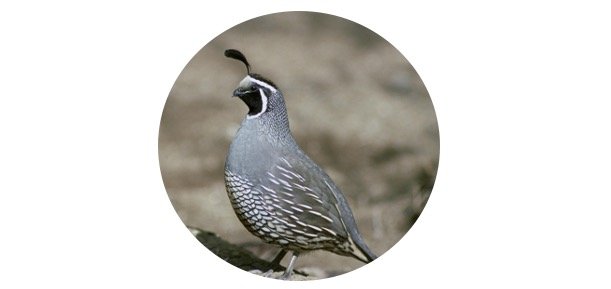Indiana State Bird: Description, Pictures, & Fun Facts
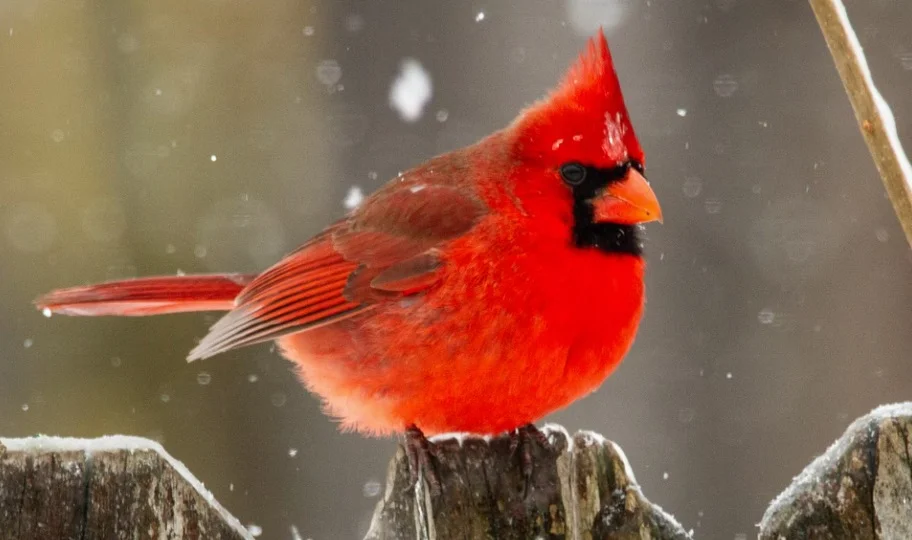
Table of Contents
What is Indiana State Bird?
Indiana is the 38th largest populated US state and the 17th more populous state in the U S. Only the middle and northern regions are generally flat, whereas the southern parts include a combination of woods and hills. But what is Indiana state bird?
The Northern Cardinal (Richmondena Cardinalis cardinalis) was named the official bird of Indiana in 1933. The songbird of medium size with vivid ruby red plumage picked Indiana as one of its home states. Northern Cardinals enjoy a mix of wooded and open habitats.
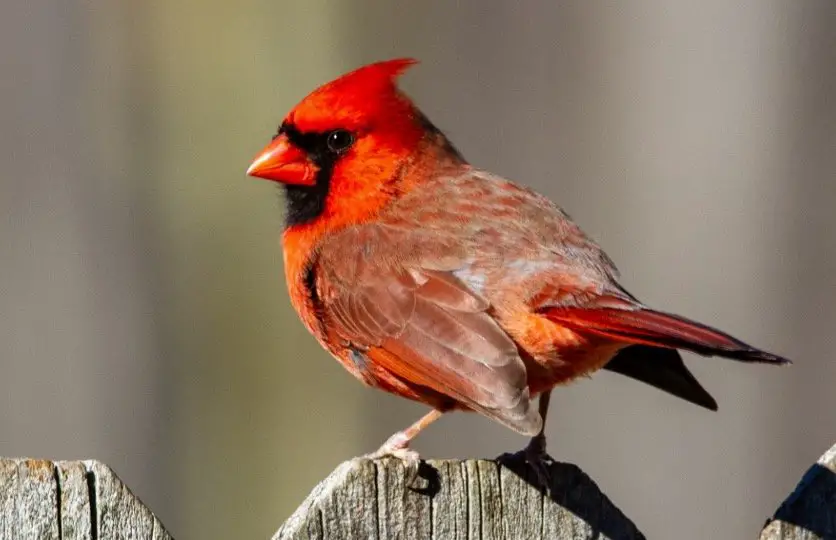
Why is Northern Cardinal Indiana State Bird?
States tend to encourage birds that are native to their state or that opt to migrate permanently to the region. The cardinal, for example, spends the whole year in Indiana, nesting in briar thickets or low saplings.
By consuming both garden insects and weed seeds, the bird gives intrinsic value to people. Its extraordinary beauty and brilliant red hue contribute to the bird’s selection as the official bird.
When did Northern Cardinal become Indiana State Bird?
Indiana did not designate a state bird until 1933. After a long period of waiting since it became a state on December 11, 1816. On March 2, 1933, the Indiana General Assembly enacted legislation making it the state bird. Northern Cardinal is the official bird of Illinois, Ohio, Kentucky, North Carolina, Virginia, and West Virginia.
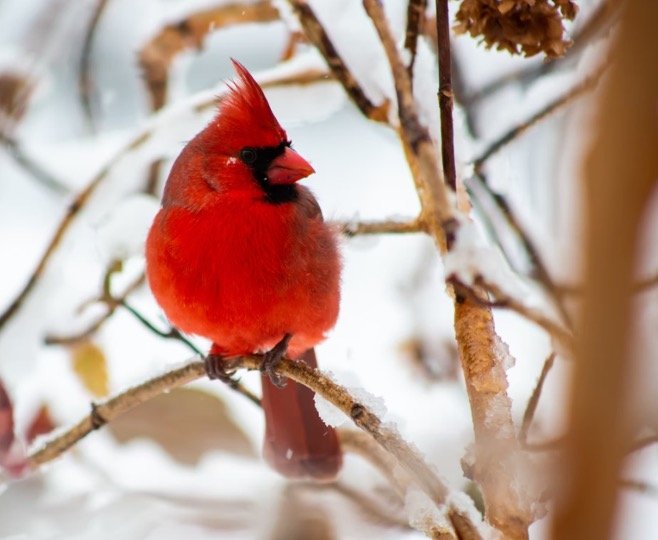
What does Indiana State Bird look like?
Northern Cardinal males have brilliant crimson red plumage, while females have reddish-brown feathers. These birds are somewhat bigger than females, but only by a little margin. Aside from it, the two sexes of the bird are physically identical.
The breast and upper body of the bird are grey, whereas the stomach is white or light grey. These birds’ beaks are usually black with a brown tint at the base.
The Northern Cardinal is eight to nine inches long from head to tail, with a wingspan ranging from 10 inches to 12 inches All those little birds weigh about 1.4 to 1.7 ounces.
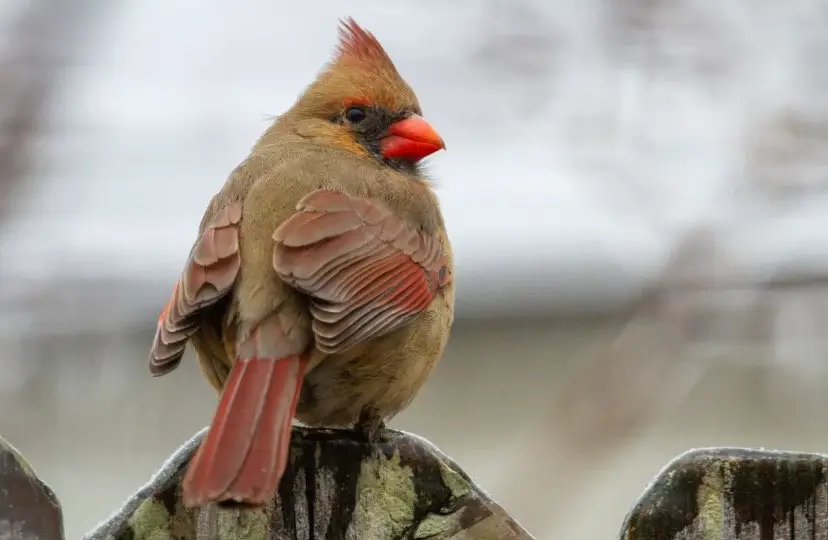
How do Indiana State Bird behave?
In the wild, these birds flourish in vegetation. Their habitat varies somewhat throughout Indiana. They inhabit forests and thickets, as well as brushy areas and fence rows. They like cities and frequent city and state parks, so you will not have to travel out in the country to see them They live for around 13 to 15 years.
During this time, these birds mate and build a nest with their partner. Singing is how the two birds interact. When they have offspring, the incubation time lasts between 11 days to 13 days.
During incubation, the female bird stays inside the nest while the male bird flies out in search of prey, which he returns to the nest. Cardinals, like everyone else, order take out for their wives. When the offspring hatch, the mother bird stays with them to nurse, while the father bird hunts but returns additional food to the nest.
This is done so that the off spring may eat as well. As you hear “purty-purty-purty” or “cheer-cheer-cheer,” it’s a mother and father cardinal communicating as he leaves the nest to look for his children.
Baby birds need particular protection and support, so they do not hatch with full feathers and so can’t fly. If a predator approaches the nest, the mother and all the chicks must defend themselves.
During such a perilous moment, it’s understandable that the pair wants to stay in contact. Humans benefit from their apparently always cheerful demeanour. This also explains why females are seldom seen in your yard.
People instead notice the vividly coloured man out “grocery shopping.” If you see such cardinal coming to the nest with food, it means he with his wife have a big brood.
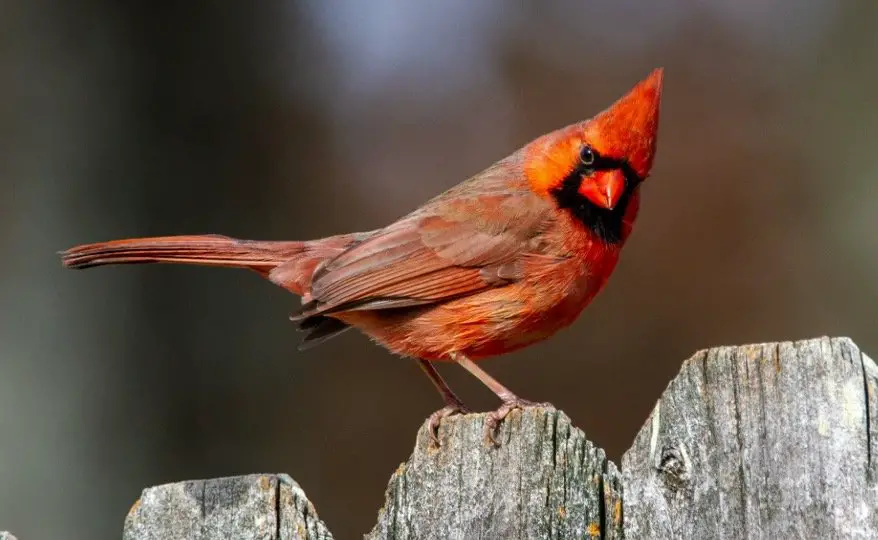
Do Northern Cardinal form communities?
These cardinals dwell in the same habitat as mockingbirds. They build a close-knit family and marriage, which they carefully preserve. To safeguard his house, the cardinal will battle to the death.
If it detects a predator, it will fight over its area, which will often involve its family. Don’t ever approach a cardinal’s nest, and never let your children or pets do so. You will be attacked by birds. They battle for breeding zone as well.
Male cardinals from several other will battle their own species if they invade an already established nesting area. They may assault their mirror image in a windshield or mirror glass. These birds can distinguish members of their own species, as well as animals and people.
Despite possessing tiny brains, they are far from “bird-brained,” a term that means unintelligent. They are, however, unaware that the glass reflects their image. The bird seems to attack the glass, believing it is another cardinal, but it is really battling itself.
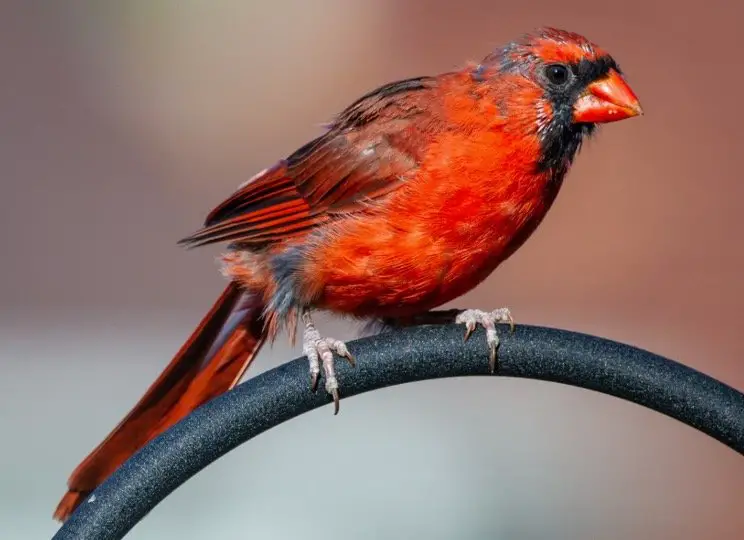
What do Northern Cardinal eat?
Northern Cardinals prefer eating and have the most diverse diet of any bird. They are omnivores, as well as various other bird species, but the ones that have landed in Indiana have a different diet from those in adjacent Ohio and remote North Carolina.
Indiana’s inhabitants consume 30 percent of their food in the form of insects and the remaining 70 percent in the form of weed seeds, fruits, and grains. They like fruits, particularly berries and raisins.
You may aid them by filling a high-up bird feeder in your yard with fruits, grains, greens, and seeds. If you want to delight the cardinals in your yard, you may also provide seeds of safflower, peanut pieces, broken corn, and raw berries.
